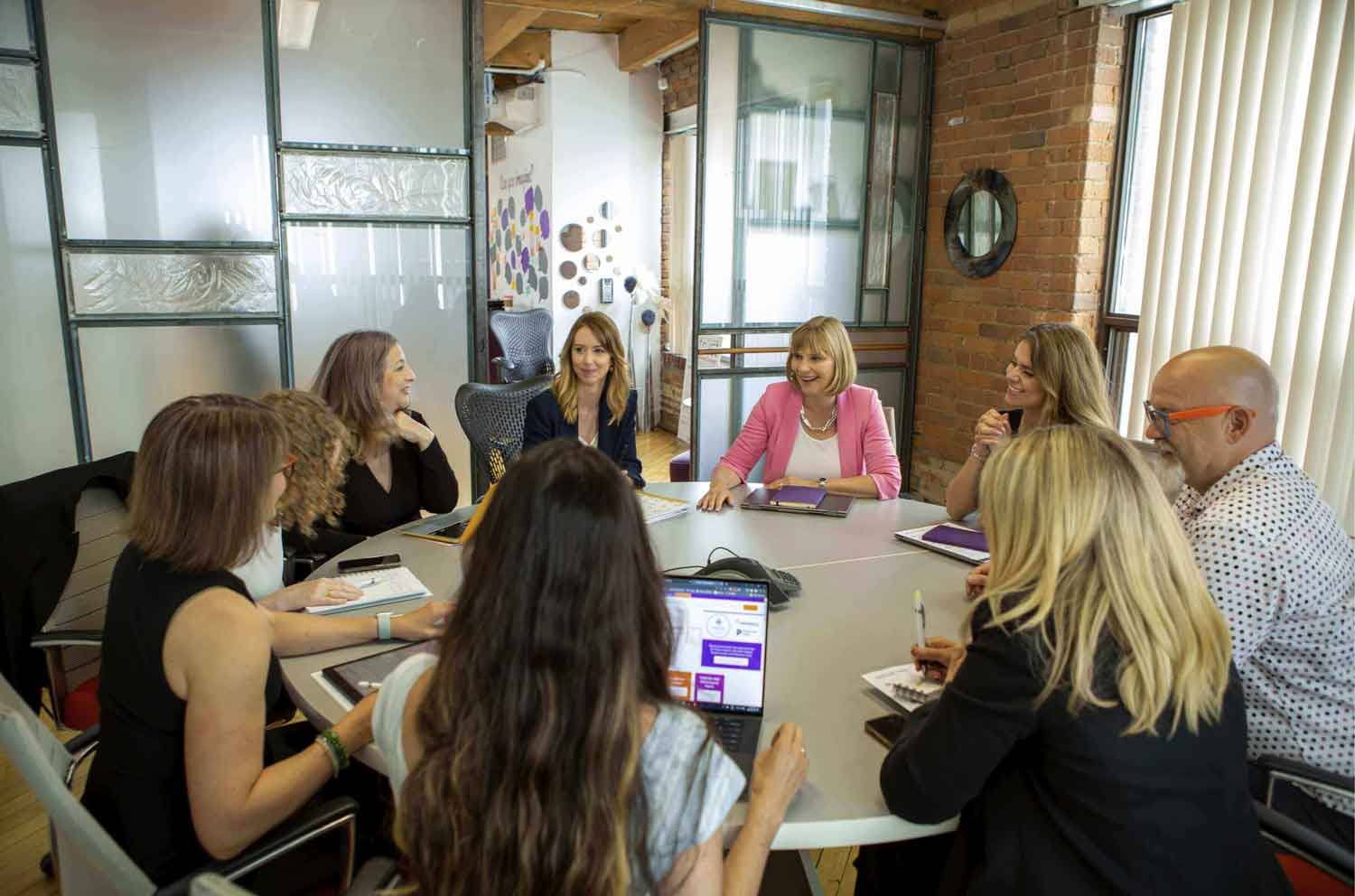Today, my six year old daughter attended a swim camp for the first time. We arrived at 7:30 a.m. (!) and after looking confused on the pool deck, got pointed into the direction of a girl with a clipboard. She told us to join a much larger group of kids who were getting told the ropes by one of the coaches. I stood with my daughter (feeling like a “smother” since I appeared to be the only parent on the deck) and left once the warm-ups started (with extreme guilt as she gave me a worried frown). At the 11:30 pickup time, I arrived in time to see her get belted in the head by a stray soccer ball and dissolve into hysterical sobs. As she came off the field, she sobbed “I hate swim camp… seven bad things happened to me and I want to go home!!!” After getting the low down, I thought about how a bad first start can derail our overall impression and enthusiasm.
My daughter’s swim camp experience was marred by a number of things: too little information, poor communication, lack of planning and care on the part of the organizers and under staffing. I’ve seen and heard the same thing happen to new employees that show up excited and full of anticipation for their first day on the job. A lousy orientation sets things spinning in an unnecessary negative direction. Here are just a few of the first day war stories I’ve heard over the years. Employees who have:
- Arrived at work and their new boss was on vacation and no one was expecting them
- Entered their new office to find it covered in mice droppings
- Sat at the boardroom table to work for a month because no desk was available
- Been shown to their desk and then left alone for the entire day to “figure things out”
- Given an “orientation buddy” who was just informed of their task 5 minutes before their arrival and is bitter because they were already on another deadline…etc etc.
Creating an orientation program doesn’t have to be complicated. Here are some of the basic steps that I’ve found helpful when onboarding new employees:
- Send out an announcement the day before your new team member arrives to your co-workers to give them a heads up that your new recruit is joining.
- Clean up. Have their work area dust-free and stocked with all the necessary office supplies and a brand new box of business cards on their desk. (A welcome gift is a nice touch).
- Start the day with a meeting with you. In the meeting:
- Welcome them (goes without saying perhaps, but for you low-empathy types I’m sticking in the obvious…) and go over their job responsibilities
- Provide a two-week itinerary to get them started (My itinerary always includes pre-set meetings with key departments, training sessions, “downtime” for them to read up on materials, etc. and end of day check-ins)
- Take them on a tour of the office and introduce them to their “orientation buddy”
- Their “orientation buddy” should be their primary point of contact for connecting with people and finding the information they need. (This keeps your schedule free and allows your team to get involved in the orientation process). You can have several “orientation” buddies if one person can’t support them the whole week.
- Do lunch. Often overlooked but someone (you / your team / the orientation buddy) should take your new hire out to lunch on the first day. (You may also want to consider setting up their lunches for the first week with members of the team… 3 out 5 days is probably enough).
- Daily debriefs. At the end of every day, check in for 30 minutes to see how each day went and answer any questions that may have come up during your new hires “meet and greets” and training sessions. This is your time to set the record straight on any ‘misinformation’ or ‘watercooler’ training that can happen.
- Weekly debriefs. After the first 2 weeks onboarding, shift your check-ins to once a week and, after the end of 3 months, shift them to monthly (or whatever your standard formal check-in process is).
There. No fancy videos. No dancing girls. Just a set of straight forward basic steps to making a good first impression. For more help, check out Bill Gates’ template. First days shouldn’t leave people dazed and confused, but rather engaged and excited.
Happy leading!



